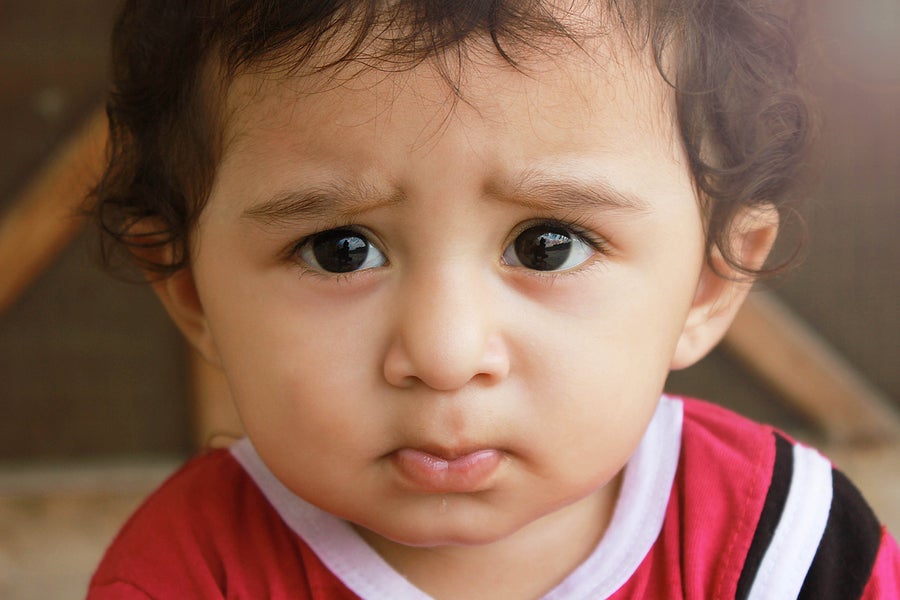Several weeks ago, I blogged about a Health Affairs article by Urban Institute researchers that updated the Medicaid and CHIP participation rates for children and parents. Over time, an increasing share of eligible children without other coverage have been enrolled in Medicaid and CHIP, reaching a high of 93.7 percent in 2016, up from 88.7 percent in 2013. While participation of parents has lagged behind children, there was an even larger increase in parent participation from 67.6 percent to 79.9 percent over the same time period.
The Urban Institute has now released more detailed data about uninsurance and Medicaid/CHIP participation rates for children and parents in this new brief. While the data reflect the tremendous progress our nation has achieved in covering children and parents following implementation of the ACA, it also demonstrates that growth slowed considerably in 2016. Now that we have 2017 topline data from the American Community Survey showing an uptick in the uninsured rate among children, we cannot ignore these troubling signs that indicate we may be losing ground in covering children after two decades of steady gains. We’ll have more on that front when CCF releases our annual uninsured children’s report this fall.
Nonetheless, the Urban Institute report includes some useful data on the trends in uninsurance rates and Medicaid/CHIP eligibility and participation among children and parents. It clearly reinforces a number of reports showing the significantly higher improvement in coverage for parents in states that have expanded Medicaid. It also provides demographic breakdowns of participation rates of Medicaid/CHIP eligible children and parents, which helps guide outreach efforts to groups that are more likely to be eligible but not enrolled. For example, the participation rate for children under age six in Medicaid/CHIP is 95.1 percent compared to 91.5 percent for adolescents. There is also lower participation among children in families with income above 138 percent FPL (91.2 percent) compared to 95.3 percent of children in families with income below poverty, although the uninsured rate is the same for both groups (4.2 percent).
The report also provides uninsured rates for children and parents in 100 metropolitan areas with the largest populations of children. Although we had hoped to see the estimated number of uninsured children and parents eligible for Medicaid and CHIP for all 50 states, data limitations meant the authors could only list the 11 states which had at least 100,000 eligible uninsured children and parents in 2016 (TX, CA, FL, GA, PA, NY, IN, NC, OH, IL, AZ). However, an estimated 63 percent of uninsured children who are eligible but not enrolled in Medicaid/CHIP live in those states.
We have been concerned about the chilling effect on coverage created by the various federal legislative threats to Medicaid and the ACA, as well as administrative actions undertaken by the Trump administration to undermine the health coverage safety net. While progress continued, the pace slowed down significantly in 2016, as evidenced in the Urban Institute report and reinforced by the latest ACS data showing an increase of 300,000 uninsured children in 2017. These are clear warning signs that our nation’s historic progress in covering children is in jeopardy.


